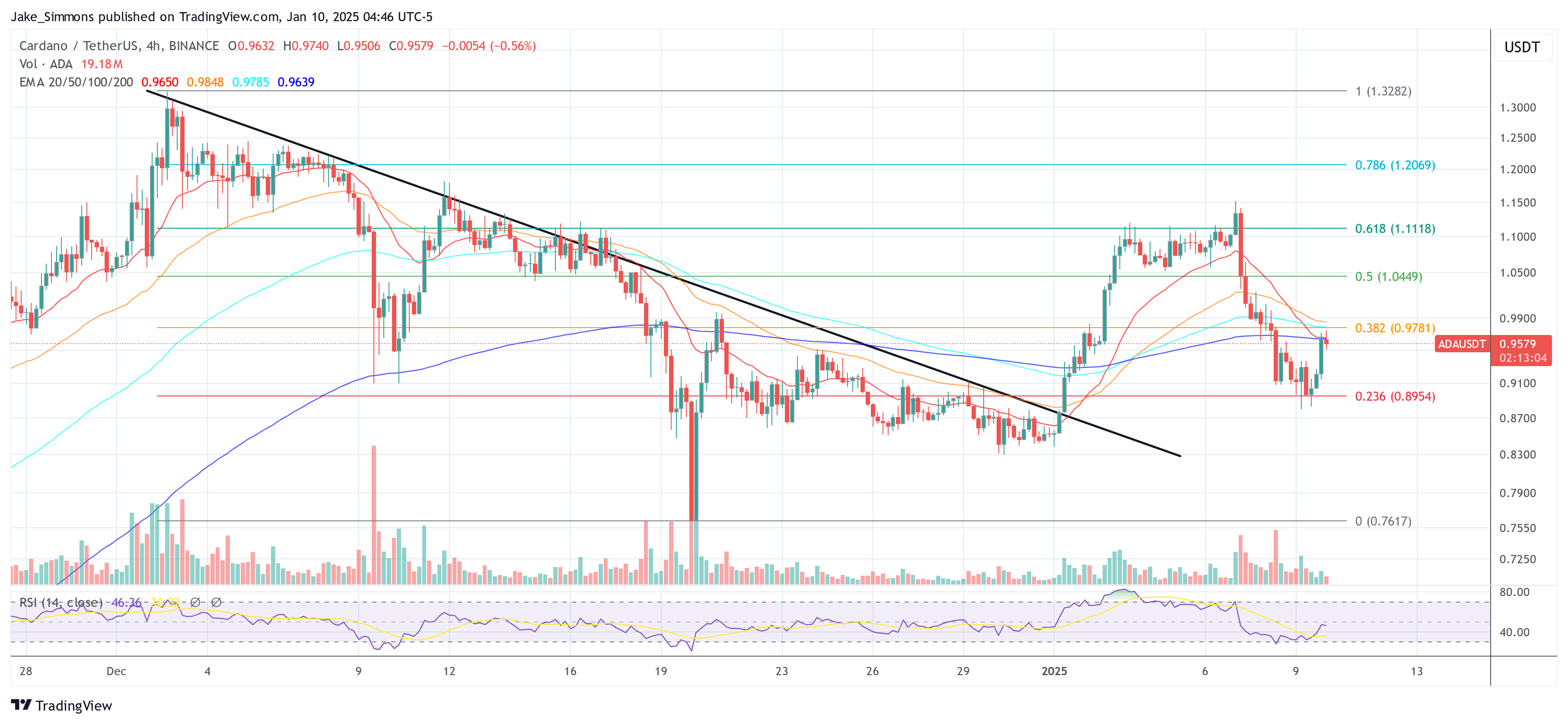The Reserve Bank of Australia (RBA) recently released a report discussing the potential of stablecoins and CBDCs, highlighting the importance of regulatory mechanisms for digital assets.
In an update from Australia, the RBA has released more information from an ongoing inquiry concerning a digital assets bill. The bill will regulate crypto platforms, custody services, and particularly stablecoins, a form of digital currency.
The RBA has put a spotlight on stablecoins in its review. Although the bank acknowledges stablecoin activity in Australia as being limited at present, it sees the potential for these digital currencies to play an increasingly prominent role in the future financial system.
Interestingly, the RBA appears to be supporting regulatory developments for stablecoins, a stance that seeks to balance innovation with providing essential safeguards and protections for investors and users.
This reflects a growing global trend, with governments across the world, including Australia, mulling over regulations due to the possibility that stablecoins could be widely used for transactions.
CBDCs enter the public eye
Another key player in the digital arena are CBDCs. The RBA has clarified that no decisions have been made regarding the adoption of a digital Australian dollar. Nonetheless, it is actively exploring CBDCs and their potential applications.
From its research, the RBA notes that countries which have implemented CBDCs, primarily Caribbean nations, use them to enhance the efficiency of their domestic payment systems. The central bank also envisions a world where CBDCs could be accessed by individuals outside the issuing country, suggesting the future possibility of non-residents using CBDCs.
On the other hand – if digital wallet services for CBDCs were offered by other entities like big tech companies or fintech firms, the government might not have a complete understanding of how Australians are using foreign CBDCs.
The RBA does acknowledge the ongoing exploration of digital government-issued currencies by advanced economies worldwide.
Credit: Source link















































